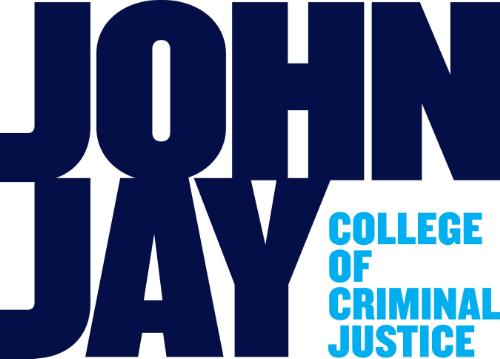
Date of Award
Fall 12-2024
Document Type
Thesis
Degree Name
Master of Science (MS)
Department/Program
Forensic Science
Language
English
First Advisor or Mentor
Elise Champeil
Second Reader
Lissette Delgado-Cruzata
Third Advisor
Padmanava Pradhan
Abstract
A molecule is chiral if it cannot be superimposed on its mirror image. Chiral drugs exist as these mirror image enantiomers, which can differ in their pharmacological effects. When a drug’s active molecule exists as a pair of enantiomers, the relative ratio of each enantiomer in the final product can provide information about the source of production for this drug, i.e., whether the drug was legally or illegally produced. However, typical detection methods may not differentiate between enantiomers of a chiral molecule. This thesis study compares three different methods for enantiomer detection of amphetamine, which is a drug often prescribed as therapeutic treatment for ADHD, but is also widely abused for its psychotropic and stimulant effects. Experiment 1 evaluated a method using High Performance Liquid Chromatography (HPLC) and Marfey’s reagent, showing effectiveness in detecting the separation of amphetamine enantiomers in corresponding quantitation ratios. Experiment 2 evaluated a method using Nuclear Magnetic Resonance (NMR) and a water-soluble chiral shift reagent (CSR) Samarium (III)−Propylenediaminetetraacetate (Sm-PDTA). This reagent is not commercially available to purchase, so had to be synthesized. Synthesis was ultimately challenging, time-consuming, and unsuccessful, so the reagent’s commercial unavailability is the major hurdle for its practical use. However, the protocol was improved for purity and yield. Experiment 3 evaluated the non-water-soluble, commercially-available CSR Tris[3-(heptafluoropropylhydroxymethylene)-d-camphorato]europium(III) also known as Eu(hfc) 3 , but could not demonstrate the reagent’s effect on enantiomer peak signal shifts. Overall, HPLC proved to be most effective, and was a relatively quick, efficient, and cost-effective method for amphetamine enantiomer analysis.
Recommended Citation
Mai, Martin, "Comparison of Methods for Amphetamine Enantiomer Analysis Using HPLC and 1H-NMR" (2024). CUNY Academic Works.
https://academicworks.cuny.edu/jj_etds/334

